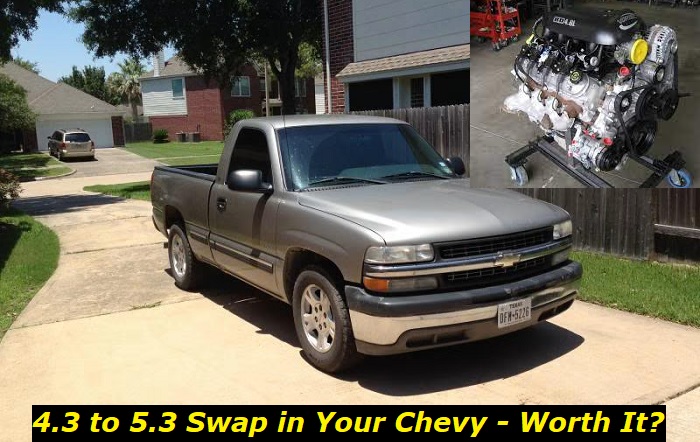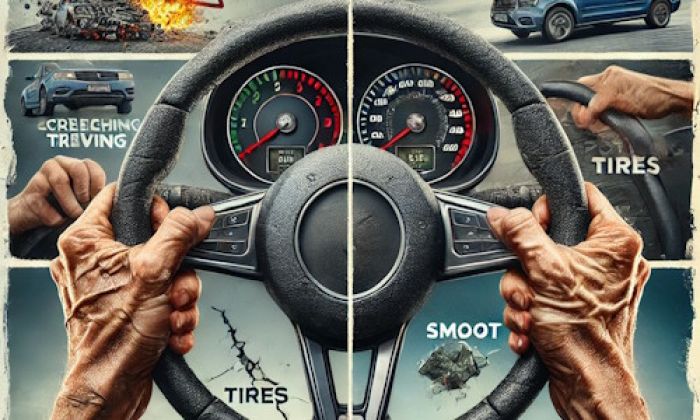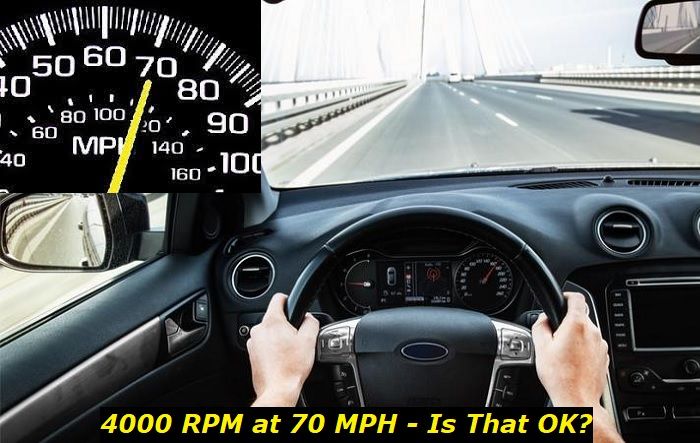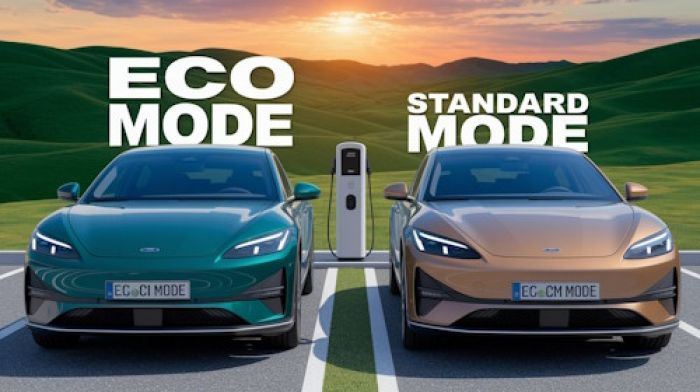The 5.3litter engine is a popular go-to for people who are tired of the 4.3L engine. We will take a deeper look at the 4.3 to 5.3 swap, how much it will cost you, and whether it is worth the trouble. There are advantages associated with replacing the 4.3 engine with a 5.3 engine, and we will elaborate on them too. Of course, we will also highlight the known issues that come with replacing your 4.3L engine with a 5.3.
Key features and my opinion about the engine
- Production years:1999-2007
- Average lifespan of Vortec 5300:350,000-380,000 miles
- Fuel supply type:port injection
- Power range:270-300 hp
- Fuel efficiency:awful
- Engine block material:cast-iron (rare versions with aluminum)
- Engine reliability score:high
- The most common problems:cooling system problems with fatal consequences, weak fuel pump, weak ignition coils.

The 4.3L and 5.3L engine
The 4.3L engine used on several GM cars and others is a V6 LV1 engine. It boasts direct injection and variable valve timing technology, providing optimal power and torque. The Engine block is made of aluminum and comes with high-pressure fuel pumps.
The 4.3 engine offers a maximum of 285 Hp or 213 kW at 5300RPM. It boasts 305 lb-ft of torque at 3,900RPM. It is indeed a powerful engine, by all means, given that it comes with a maximum engine speed of 5,800 RPM. Still, it is less powerful or effective than the 5.3L engine.
On the other hand, the 5.3L engine is a powerful V8 powerhouse that is considered superior to the 4.3 in almost all aspects. The engine reaches a maximum speed of 6000 RPM and will afford you 310 Hp at 5200 RPM. The engine's torque reaches 334 lb-ft at 4,500 RPM.
The manufacturer has used a combination of aluminum and cast iron in making the major parts of the 5.3 engine. Because of its immense power, it is regarded as a true upgrade by those who wish to do away with its 4.3 engines.
What are the advantages of swapping 4.3 to 5.3?
- The 5.3 V8 engine is more high-performance than the 4.3 V6 engine. The LS engine comes with incredible horsepower and torque. The enhanced cam size, port shape and size, and cylinder head design have enhanced this performance.
- The massive displacement of the 5.3 ensures the vehicle is armed with the maximum possible horsepower. But on the other hand, the engine comes with low power, which is a significant advantage since this means the engine can withstand all manner of loads. The engine's design also means the piston rings will perform optimally and won't break easily or fast.
- The size of the engine is compatible with your 4.3 vehicle. This means replacing your 4.3 engine with the 5.3 will be easy. The 5.3 engine is small enough to fit under any car with a 4.3 engine.
- The price of the 5.3 engine is competitive and for anyone who wants to get more out of their 4.3-powered vehicle, upgrading to a 5.3 is relatively affordable. Moreover, the 5.3 components and parts are readily available.
- The lifespan of the 5.3 engine is incredibly long. The engine will take you well past the 300,000-mile mark with proper maintenance and service.
What does the 4.3 to 5.3 swap entail?
Swapping your 4.3 engine for a 5.3 engine requires quite some expertise. Many things can go wrong even after fully installing the new engine. To ensure that the swap goes on successfully, you will need a complete 5.3 engine, and its motor must be turn-key. In other words, it should be ready to install and work without needing modifications.
The cost of a remanufactured 5.3 engine starts from as low as $2,000. The cost will certainly go up if the engine is newer, of a newer generation, and has covered fewer miles.
Here are some of the things that you must consider when considering a 4.3 to 5.3 engine swap;
- The computer (PCM)
The powertrain control module, or PCM as commonly called, plays a critical role in ensuring that your vehicle is even functional. The parameters of the V6 4.3L PCM are definitely different from those of the V8 5.3L PCM. Don't be mistaken to think that because the PCMs look exactly the same that they intrinsically function the same.
The 4.3 PCM should be reflashed and then pitched to V8 parameters. Some experts do reflash of PCMs, and this should be easy. The PCM experts will give you a PCM compatible with your new motor and mods.
- Wiring harness
The wiring harness varies from engine to engine and also among different vehicles. For example, the V8 Silverado made after 2003 comes with an electronic throttle body, while those made between 1999 and 2002 use a cable throttle cable.
- The manifolds
Some say that the exhaust manifold for a 4.3 is interchangeable with the 5.3 manifold. But you should ensure that the manifolds are of the required dimensions. You can use custom exhaust and long tube headers. As for the manifold bolts, you can use the bolts and gaskets that were on your 4.3.
- The torque converter
The torque converter of the 4.3 will work with the new 5.3 engine. However, over time, it will be overwhelmed. After all, you are installing a more powerful engine and there is a need to use a compatible torque converter. When looking for the right converter, remember that the suitable converter alone will knock off half a second of your ET. The experts in this field will guide you on the right stall RPM speed and mods.
- The flex plate
A flex plate works the same as a flywheel in manual transmission vehicles. It is a critical component since it acts as a link between the crankshaft and the torque converter. In the case of your new 5.3L engine, a 4l60e flex plate compatible with a V8 motor should do. Where possible, a stock flex plate is ideal.
When installing the flex plate, the bolts should work just fine. The issue will arise when fixing the flex plate because you need to use spacers. Be mindful not to install the flex plate backward.
- The transmission
Even though the V6 transmission will work just fine with the new V8 engine, its lifespan will be short. The best way to solve this is to get a built unit from an established expert. Such an expert will conduct a dyno test to ensure the transmission is flawless.
- The radiator
The 4.3 radiator is similar to the 5.3 one safe for a small connector. It returns coolant back to the radiator from the throttle body. You can modify the radiator by installing a T on the main hose from the radiator reservoir. Connect the T hose to the throttle body.
- The fuel lines
The existing fuel lines will not work with the new engine. Get 5/16 AN tubing connectors and 3/8 AN male connectors. The 5/16 to -6 connector should be attached to the fuel rail, while the 3/8 to -6 connector goes to the return line on the fuel rail.
- Motor mounts
The old motor mounts will not work on the new engine. You can get these from a local dealer or a salvage yard.
Should you expect any problems with 5.3?
While the 5.3 is the least complicated engine in its series, it still comes with a few issues that you must be aware of before you invest in it:
- Intake manifold cracks issues. This engine comes with a plastic intake manifold, and they tend to fail regularly. Repairing this can be expensive. The issue arises when the fuel management system turns off cylinders when the vehicle is moving to optimize fuel efficiency.
- Oil consumption can be pinpointed to the 4th generation, made from 2010 to 2014. These engines have been reported to have serious issues with regard to excessive oil consumption.
- The fuel pump is another component that brings problems to the engine. Low fuel pressure can also be caused by a malfunction of the fuel pressure regulator.
- The spark plug issue is something else to consider. The 5.3 engine has been known to have carbon building up around its spark plugs. This is an issue mainly affecting the 2001-2011 engines. The valve cover and the PCV valve are the known causes of this issue.
- A cracked cylinder head is something else that the 5.3 engine suffers from time to time though not often. Coolant leaks on the engine block can characterize this. This problem can cause you to use thousands of dollars on the repair since you will need to disassemble the engine or even replace it in some cases.
Conclusion
The 5.3 engine is widely known as a perfect swap for those that drive 4.3-engine cars. Even though some drivers prefer a 4.8 engine, it is the 5.3 that takes the crown. The performance of the 5.3 engine is superior, and the power is incredible. However, when considering a 4.3 to 5.3 swap, you must consider the risks involved, the cost, and the likely problems the new engine comes with.
About the authors
The CarAraC research team is composed of seasoned auto mechanics and automotive industry professionals, including individuals with advanced degrees and certifications in their field. Our team members boast prestigious credentials, reflecting their extensive knowledge and skills. These qualifications include: IMI: Institute of the Motor Industry, ASE-Certified Master Automobile Technicians; Coventry University, Graduate of MA in Automotive Journalism; Politecnico di Torino, Italy, MS Automotive Engineering; Ss. Cyril and Methodius University in Skopje, Mechanical University in Skopje; TOC Automotive College; DHA Suffa University, Department of Mechanical Engineering






Add comment